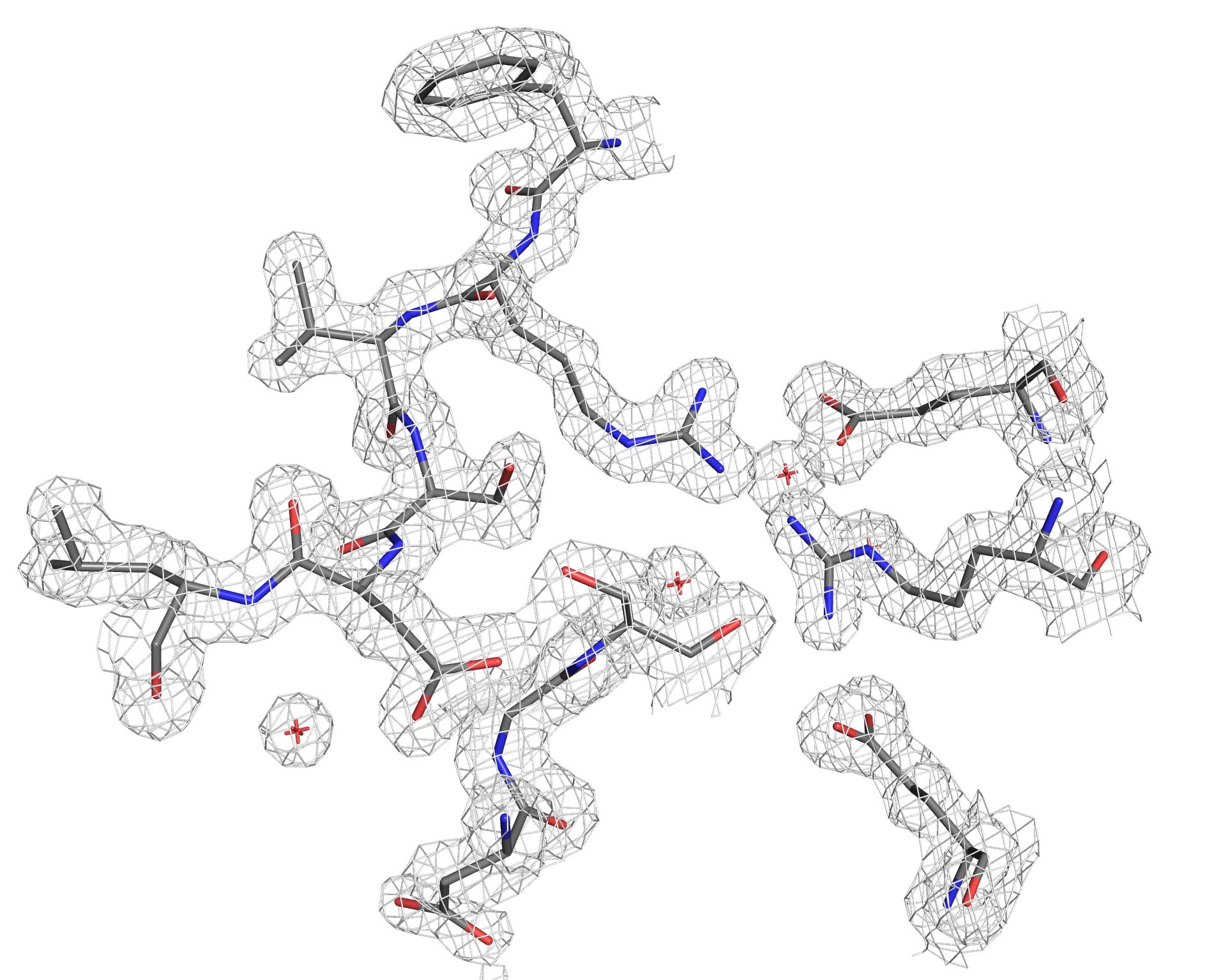Two recently licensed vaccines against bacterial meningitis contain a bacterial surface protein antigen known as factor H binding protein (fHbp). This protein can have low thermal stability, which affects its activity even at moderate temperatures. This lack of stability limits its potential use as an antigen in vaccines.
After engineering a more stable factor H binding protein antigen, scientists from UC San Francisco Benioff Children’s Hospital Oakland determined the structure of the stabilized vaccine with the help of protein crystallography at ALS Beamline 5.0.1.
The crystal structure showed that a new network of atomic interactions had been constructed, which presents a more stable factor H binding protein. In addition, the stabilized antigen had higher binding affinity for several monoclonal antibodies than the original antigen. Several other meningococcal vaccines in pre-clinical and clinical development contain the factor H binding protein. In the end, the stabilized antigen has the potential to induce a better protective antibody response than naturally occurring antigens.

Work performed at ALS Beamline 5.0.1.
Monica Konar, Rolando Pajon, and Peter T. Beernink, “A meningococcal vaccine antigen engineered to increase thermal stability and stabilize protective epitopes,” PNAS 112, 14828 (2015).